These five winter training mistakes can ruin your fitness - here's how to avoid them
The pitfalls to avoid if you want to emerge fit and well come spring
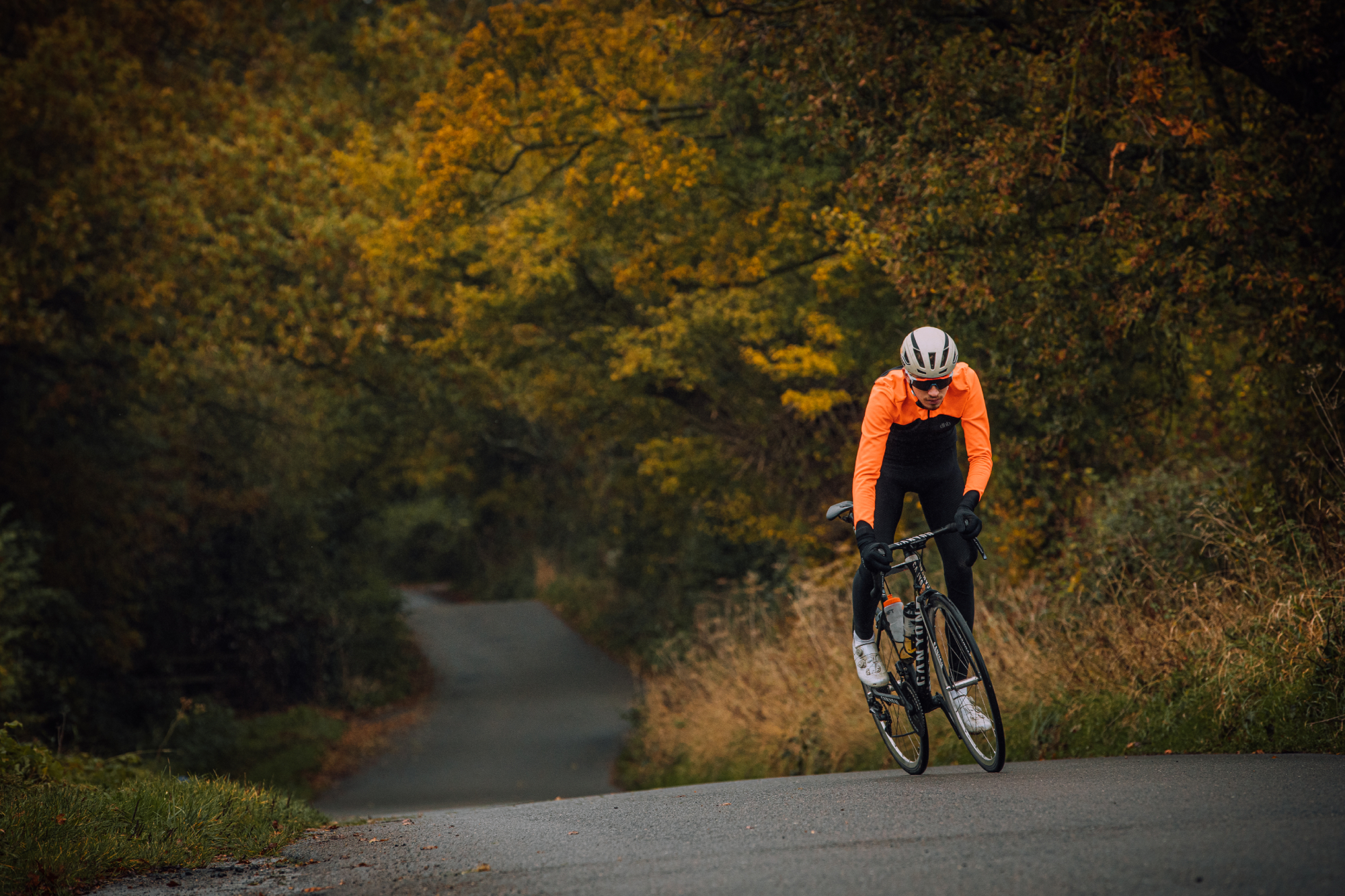

Whilst winter training comes with its own challenges, for those looking to be competitive or tick off new targets come summer, it's a very important time to build a foundation ahead of the sunnier months.
However, get it wrong, and you could find yourself making great strides backwards, through either injury or burnout. Here are the five mistakes to avoid if you want to ride into summer in the best shape possible...
1. Getting your clothing wrong
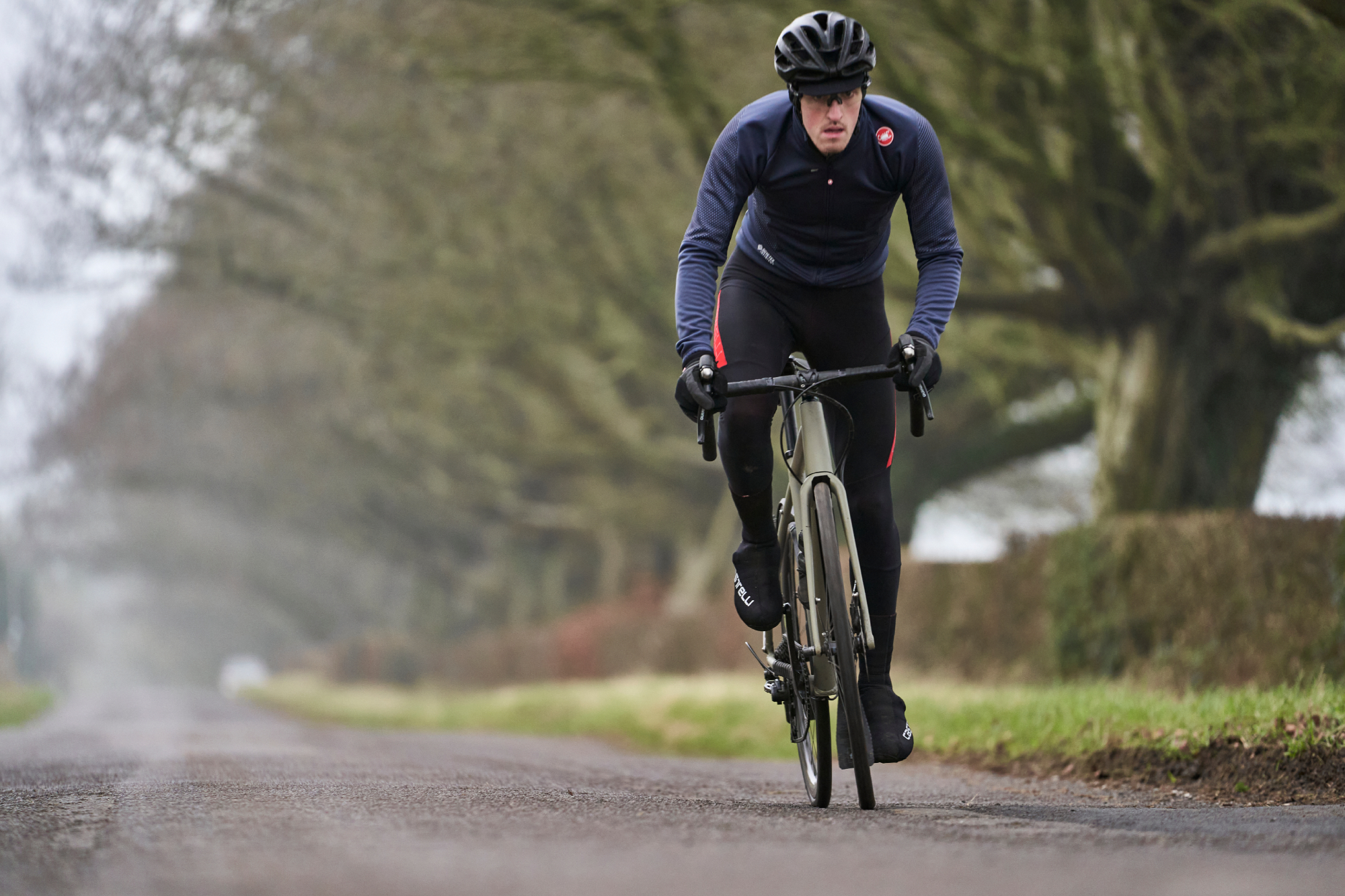
Firstly, not wearing enough kit. It can be quite easy when you’ve been used to wearing shorts and jerseys to get your kit wrong and not wear enough when the temperature starts to drop. If you’re not wearing enough kit then it can be difficult to raise your temperature sufficiently to enable you to perform well for any efforts you have to do. Not being warm enough can also increase the time it takes you to recover from training sessions, even if you're spending a lot of time in the lower cycling training zones.
Both these will have a negative impact on your fitness in the short term and, if you get too cold and become unwell as a result, then that will impact on your training and fitness longer term. Even just forgetting winter cycling gloves or cycling overshoes and getting numb hands or feet can affect you significantly, as hands and feet have a very high level of nerve endings meaning that if they get cold, the rest of you will feel cold and you’re not going to feel great on the bike as a result.
Secondly, wearing too much and overheating. When it gets to winter, it can be tempting to layer lots of kit on to stay warm and reduce the chance of getting a cold. I would say it is always better to have too much kit on and then strip/unzip if you start getting too warm. However, if you can get your kit right first time, then that will reduce the need for you to carry more kit and stuff your pockets. For example, the Sunday club run (Zone 2 endurance ride) is a staple of most winter cycling training plans.
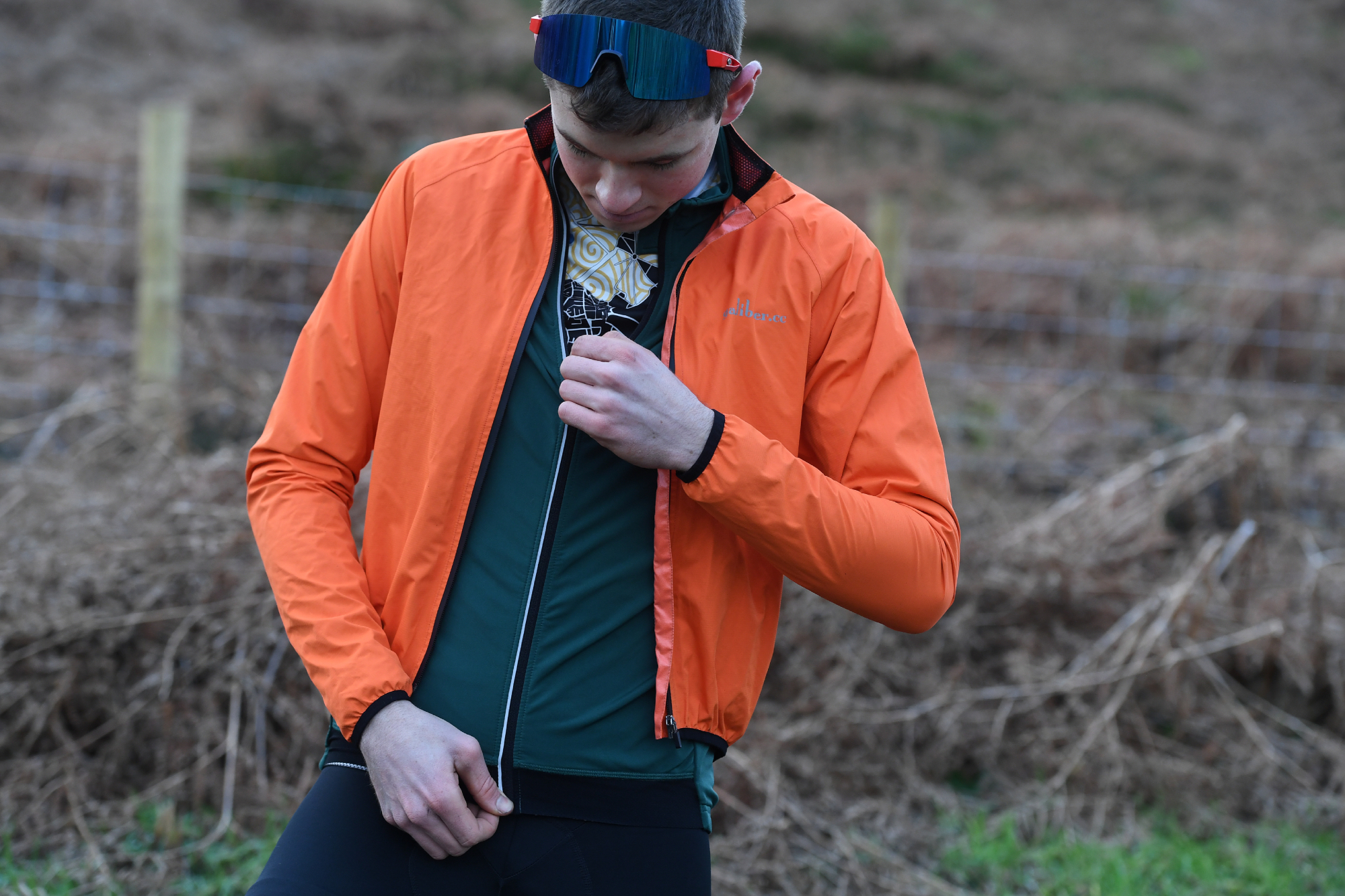
However, if you’re leaving the house at 8:30am, it will likely be a lot colder than it will be mid-way through the ride. Wearing too much and overheating has two potential issues. Firstly, fluid loss increases and dehydration can become more likely. The easy fix is drinking enough fluids as well as consuming salts. But, in the winter, it can sometimes be more difficult to want to drink as much. If you become dehydrated, this will not only impair training sessions, but also your recovery from training and therefore your overall fitness.
The other downside of overdressing is that unzipping to cool down can lead to quite a rapid chill. If you do an effort over the top of a climb, you will have become sweaty. We know that the purpose of sweat is to help remove heat, so when you combine that with unzipping and a rush of cold air, you can get cold very quickly.
Get The Leadout Newsletter
The latest race content, interviews, features, reviews and expert buying guides, direct to your inbox!
2. Forgetting intensity
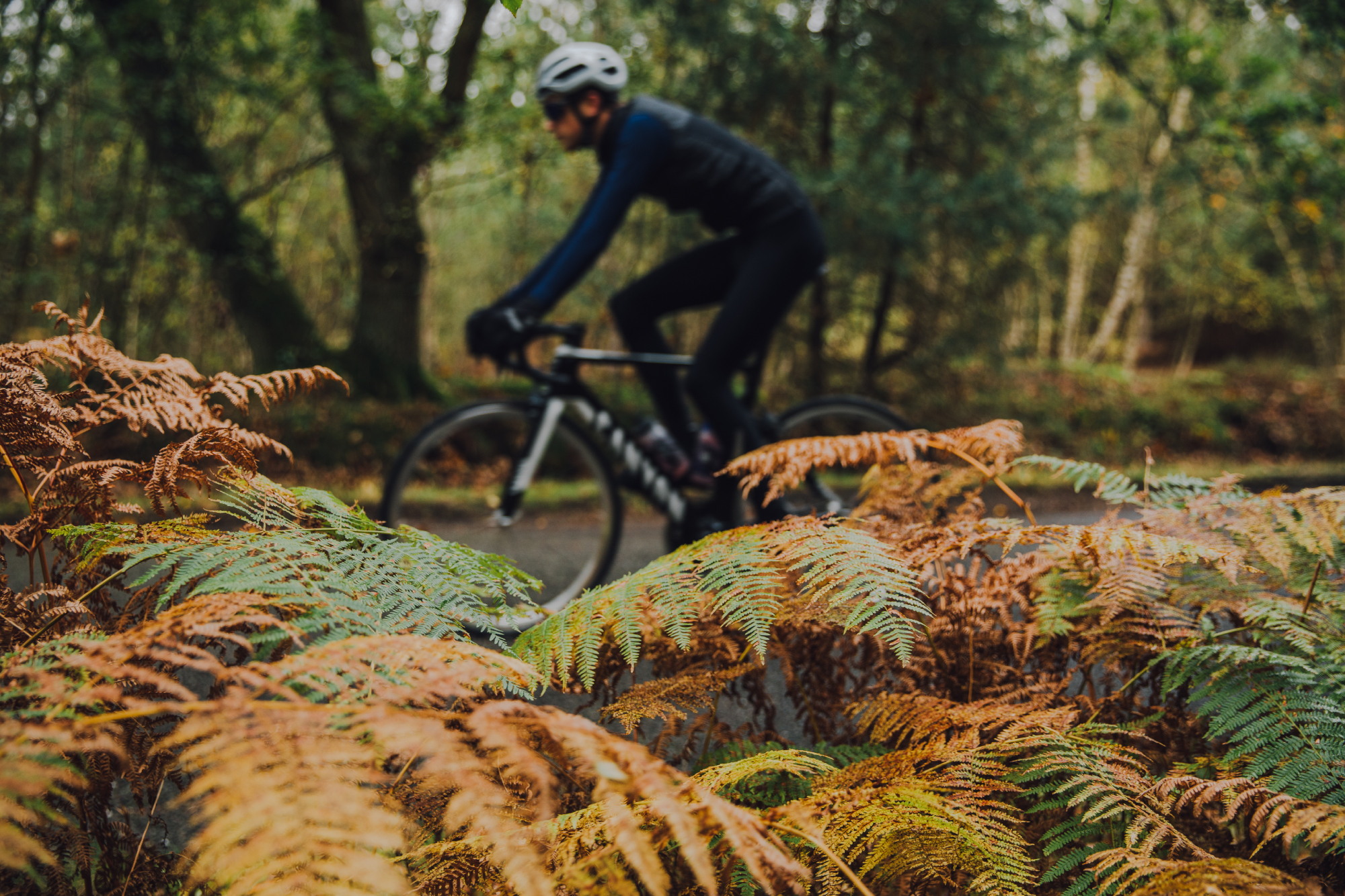
It’s commonplace in many people’s winter training routine to neglect intensity when cycling; it is often seen as being all about the base (training). Although this follows a traditional periodisation training plan, there are several issues with periodisation when trying to emulate the pros. Although professionals spend a limited percentage of their training time at higher intensities when it’s winter training and out of season, they are spending a small percentage of a much larger overall training volume.
If you aren’t training 30 hours a week, and are doing say just 7, then periodisation would suggest you spend maybe an hour and 24 minutes of time above Z1/2. If you’re training that total volume, then doing mostly Zone 2, with such a limited time at higher intensities you are likely not making the most of your training time and over the course of the winter you will lose fitness.
3. Riding indoors only
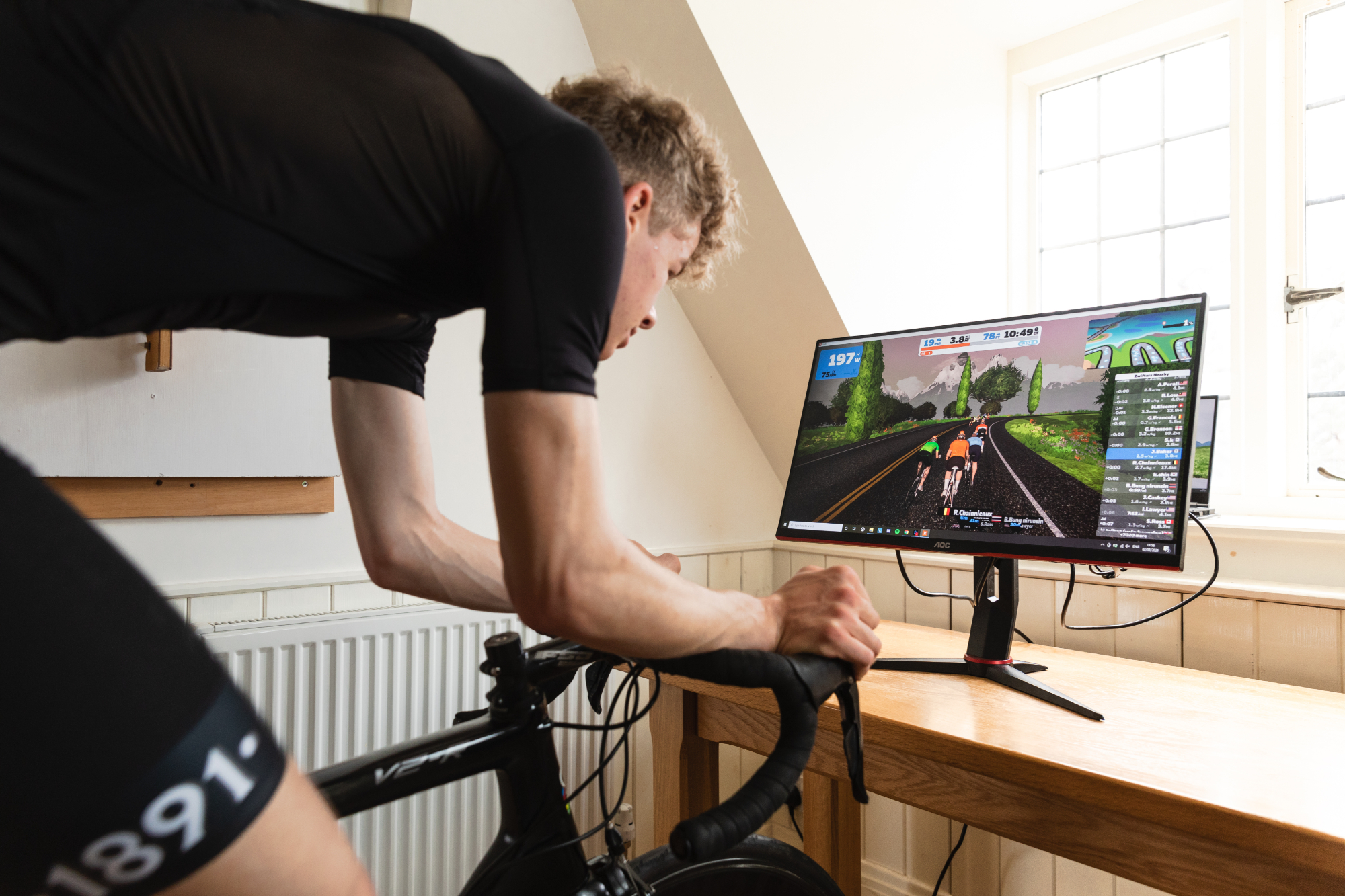
Training indoors with one of the best indoor cycling training apps is fantastic, there is no doubt about that. However, limiting your training to solely being indoors could be impacting negatively on your overall fitness as well as other important elements of cycling.
Riding purely indoors - stuck to a turbo trainer - does nothing for bike handling or bunch riding skills. These are skills that many could seek to improve and see their results in races improve alongside. Training purely indoors not only limits the opportunity to work these skills, but can also lead to loss of some of them.
Another area where riding only indoors can impact your fitness negatively is that you may be neglecting the easier rides or the longer endurance rides. Some people are die-hard indoor training fans and are happy to ride for 5 hours or even longer indoors. For most people however, this isn’t their idea of fun, which is something that a good training plan should always be. Intensity is required to improve and maintain fitness, but the best plans balance a mix of intensity and volume, or else fitness will suffer.
Finally, purely training indoors can lead to greater chance of burn out longer term. Not only is spending time outdoors good for physical health, but it also benefits your mental health. Add to that the lack of in-person social interaction and the fact that there is no let-up in pedalling while indoors, and mental burn out is a serious consideration if training purely indoors.
4. Neglecting strength work
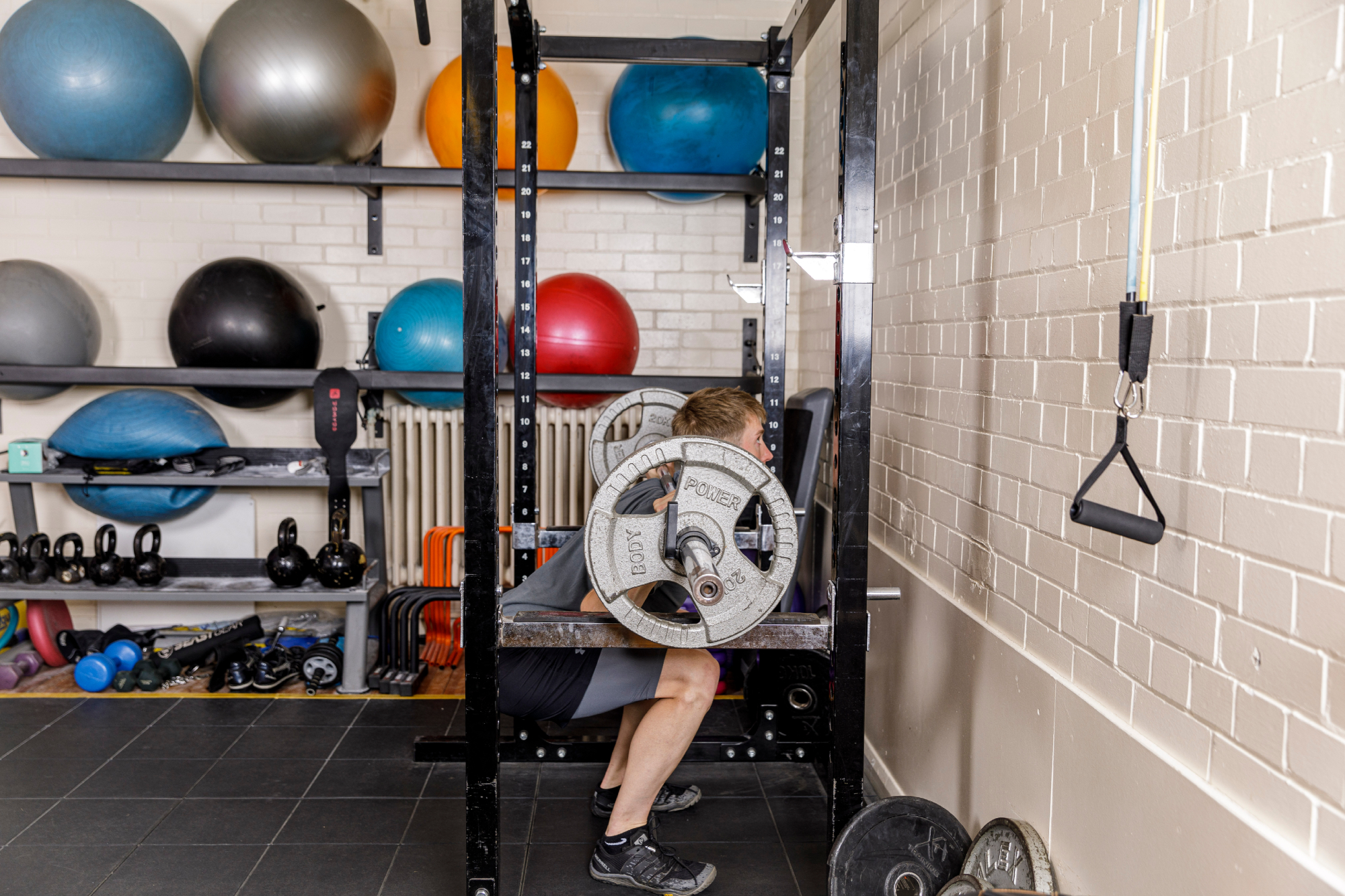
This is an area which a lot of cyclists neglect throughout the whole year. Dedicated strength training can be a huge benefit, both for increasing power while also reducing the likelihood of suffering from common cycling injuries. During the winter, many people try and increase their volume of cycling to get those base miles in. However, doing just volume work and neglecting strength work really does put you at a comparable disadvantage.
Strength work has been shown to increase time to exhaustion, increase maximal power production, and decrease time trial time. For those worried that they’ll put on loads of muscle and get heavy, unless you’re very genetically gifted you will not put on kilos of muscle. You may gain some but, with power increasing, your watts per kilogram will increase with your Watts/CdA increasing by more. In other words, you’ll be faster everywhere. So, if you’re just training volume, or just on the turbo and neglecting strength work, you could be damaging your fitness and potential to be faster.
5. Overdoing it
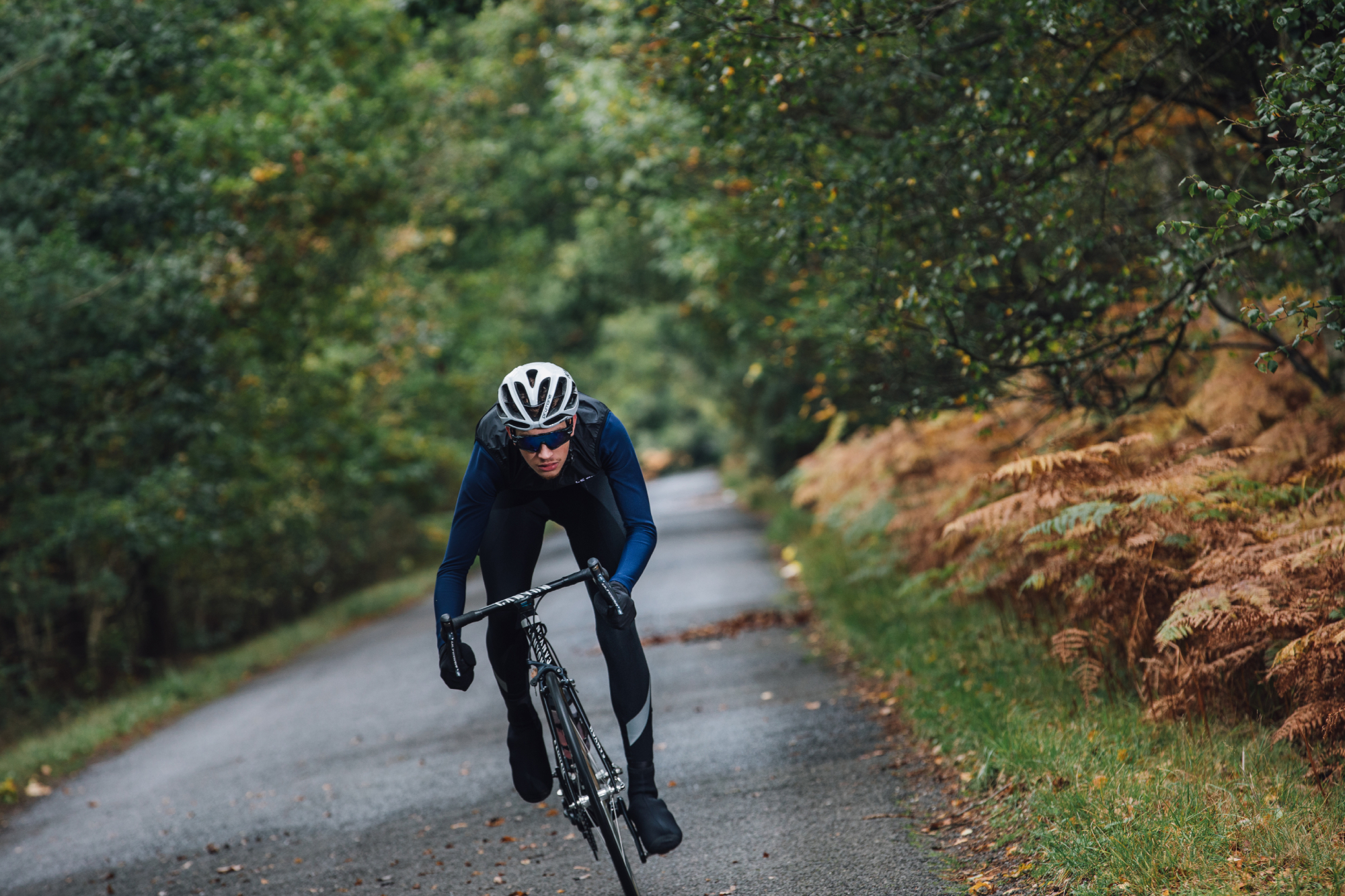
A common mistake made by those moving from their end of season break to their winter training is overdoing it. Doing too much too soon is a sure-fire way to either get ill, burn out later on in the winter, or give yourself an injury. Any of these will impact significantly and negatively on your fitness.
When starting riding again after a break, it is very important to build up the training load, be that intensity or duration, progressively and sustainably. It’s also worth bearing in mind that the winter season is when a lot of illnesses are more prevalent. If you have children in school or work in an office, the likelihood is that you will contract a cold virus once or twice over the winter.
This may require you take some time off from training to recover from the cold properly. If you do train through it, you may be unwell for longer, and training will be negatively impacted along with fitness. If you have a break to get well again, you then need to be careful not to overdo it too soon afterwards. Cycling lots can weaken your immune system, making you more susceptible to getting illnesses.

Thank you for reading 20 articles this month* Join now for unlimited access
Enjoy your first month for just £1 / $1 / €1
*Read 5 free articles per month without a subscription

Join now for unlimited access
Try first month for just £1 / $1 / €1
Andy is a Sport & Exercise Scientist, fully qualified and experienced Cycling Coach, Sports Director, Freelance Writer, and Performance Consultant. He spent 3 years riding for a UCI cycling team and 7 years as a BC Elite rider, competing in prestigious events such as the Tour of Britain and the Volta a Portugal.
Graduating with a first-class honours degree in Sport & Exercise Sciences, he continues to pursue his interest in research in the field of Sport Science alongside managing his coaching business, ATP Performance. He also works as a Wind Tunnel operator and Performance Consultant at the Silverstone Sports Engineering Hub, working with individuals, teams, and businesses to optimise performance and develop products.
-
 A bike rack with an app? Wahoo’s latest, and a hub silencer – Sea Otter Classic tech highlights, Part 2
A bike rack with an app? Wahoo’s latest, and a hub silencer – Sea Otter Classic tech highlights, Part 2A few standout pieces of gear from North America's biggest bike gathering
By Anne-Marije Rook
-
 Cycling's riders need more protection from mindless 'fans' at races to avoid another Mathieu van der Poel Paris-Roubaix bottle incident
Cycling's riders need more protection from mindless 'fans' at races to avoid another Mathieu van der Poel Paris-Roubaix bottle incidentCycling's authorities must do everything within their power to prevent spectators from assaulting riders
By Tom Thewlis
-
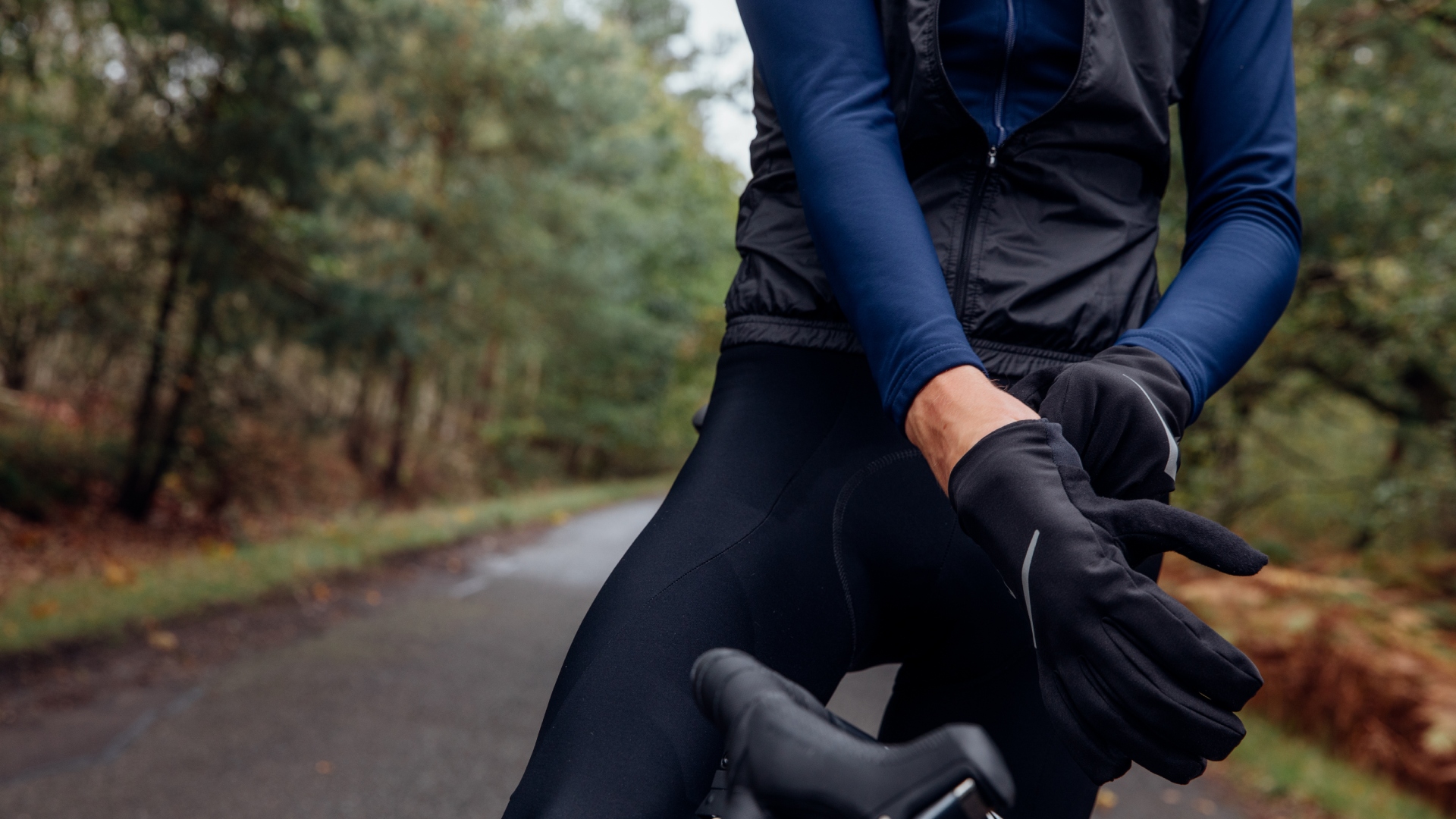 Riding with Raynaud’s: How to beat cold hands and feet over winter
Riding with Raynaud’s: How to beat cold hands and feet over winterSymptoms of Raynaud's syndrome extend far beyond simply having chilly hands and feet, our experts guide you through the how-to on making winter riding bearable despite the disease
By Lexie Williamson
-
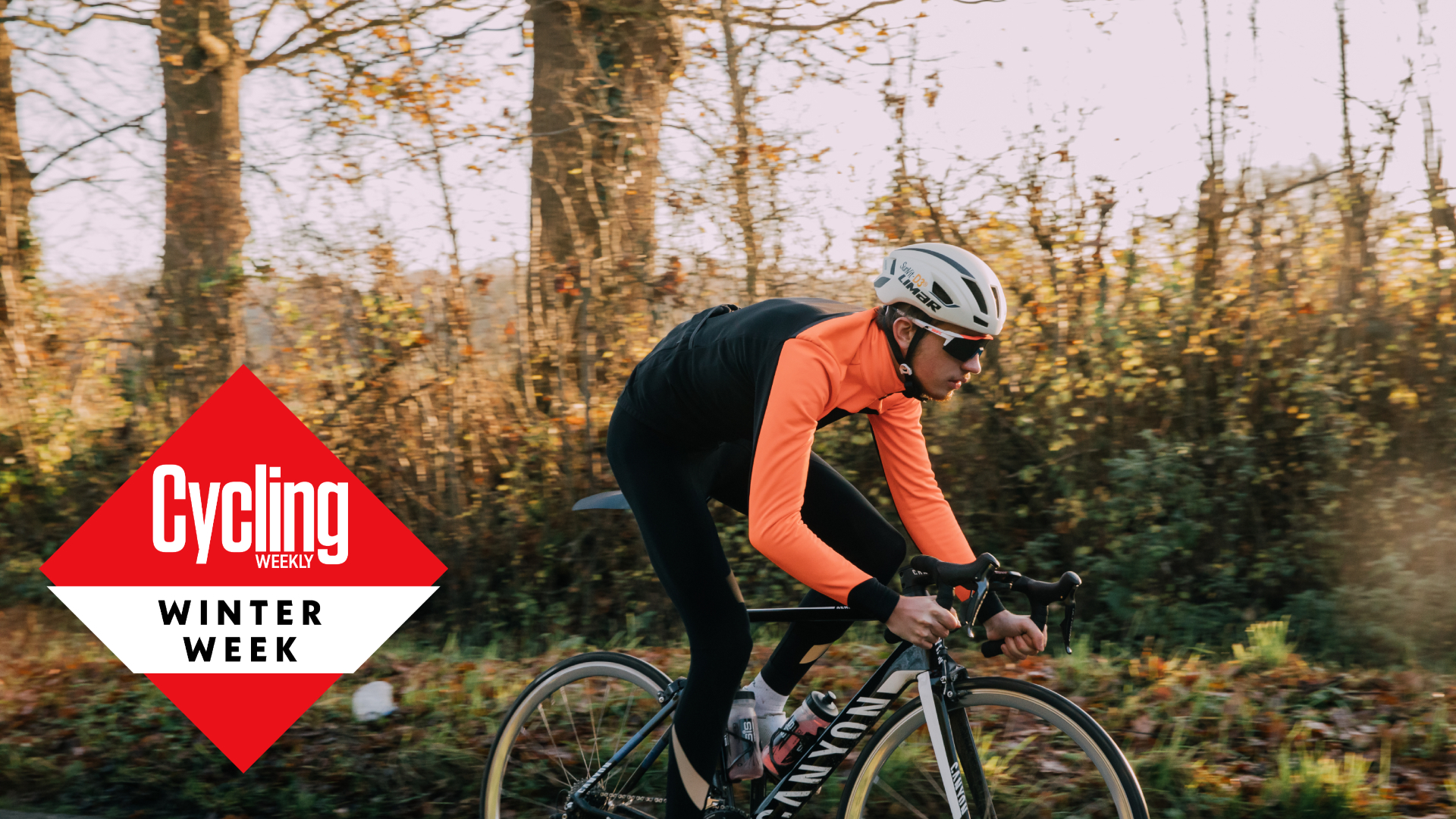 18 tips for finding winter motivation to ride
18 tips for finding winter motivation to rideDon't let cooler weather keep you off the bike, there are plenty of ways to keep the enthusiasm high
By Andy Turner
-
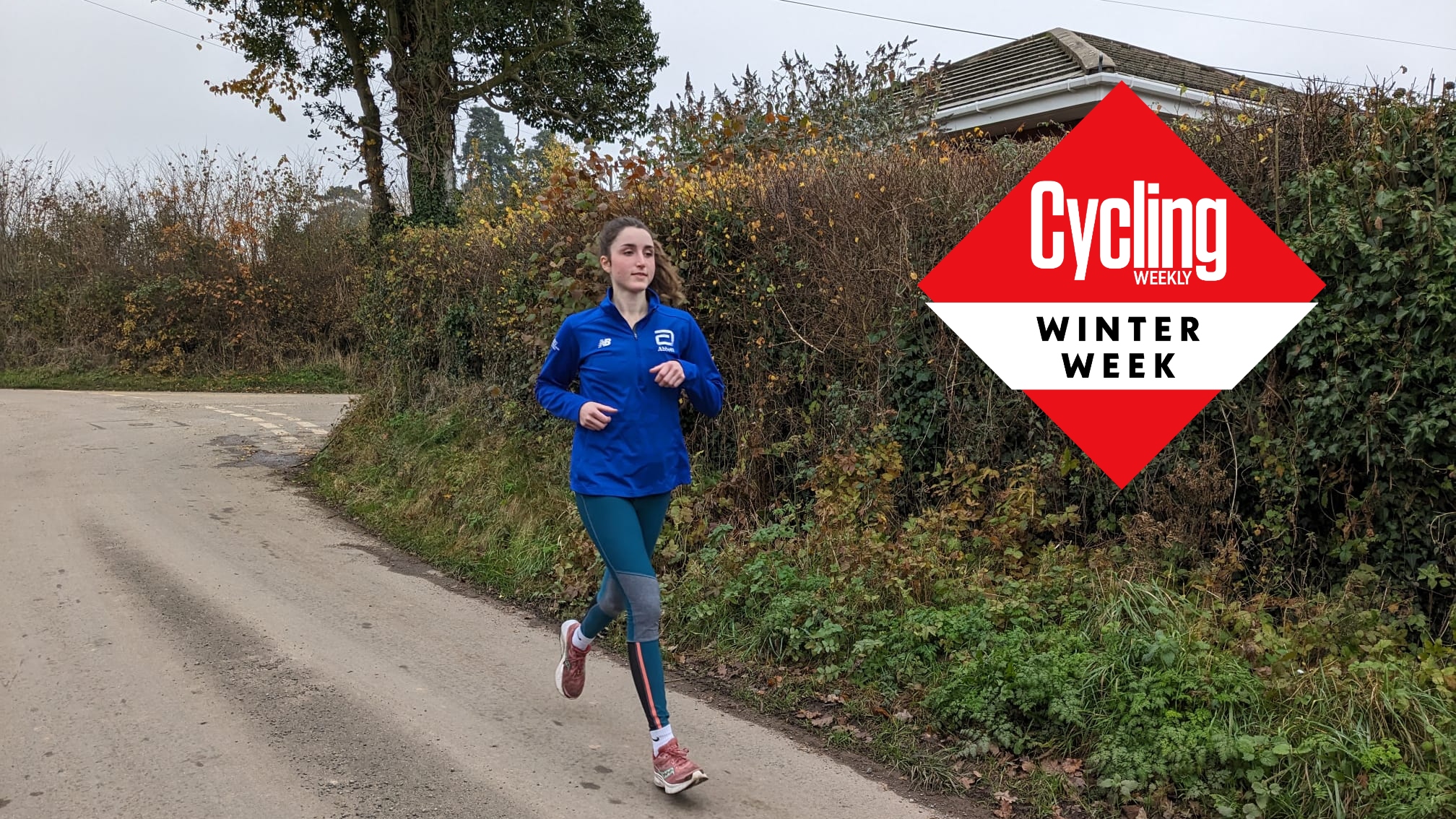 How much running is ‘too much’ running for cyclists - I trained for a marathon to find out
How much running is ‘too much’ running for cyclists - I trained for a marathon to find outMany cyclists like to swap their cleats for running shoes - at least for some sessions — during winter, but where should we draw the line?
By Ellie Donnell
-
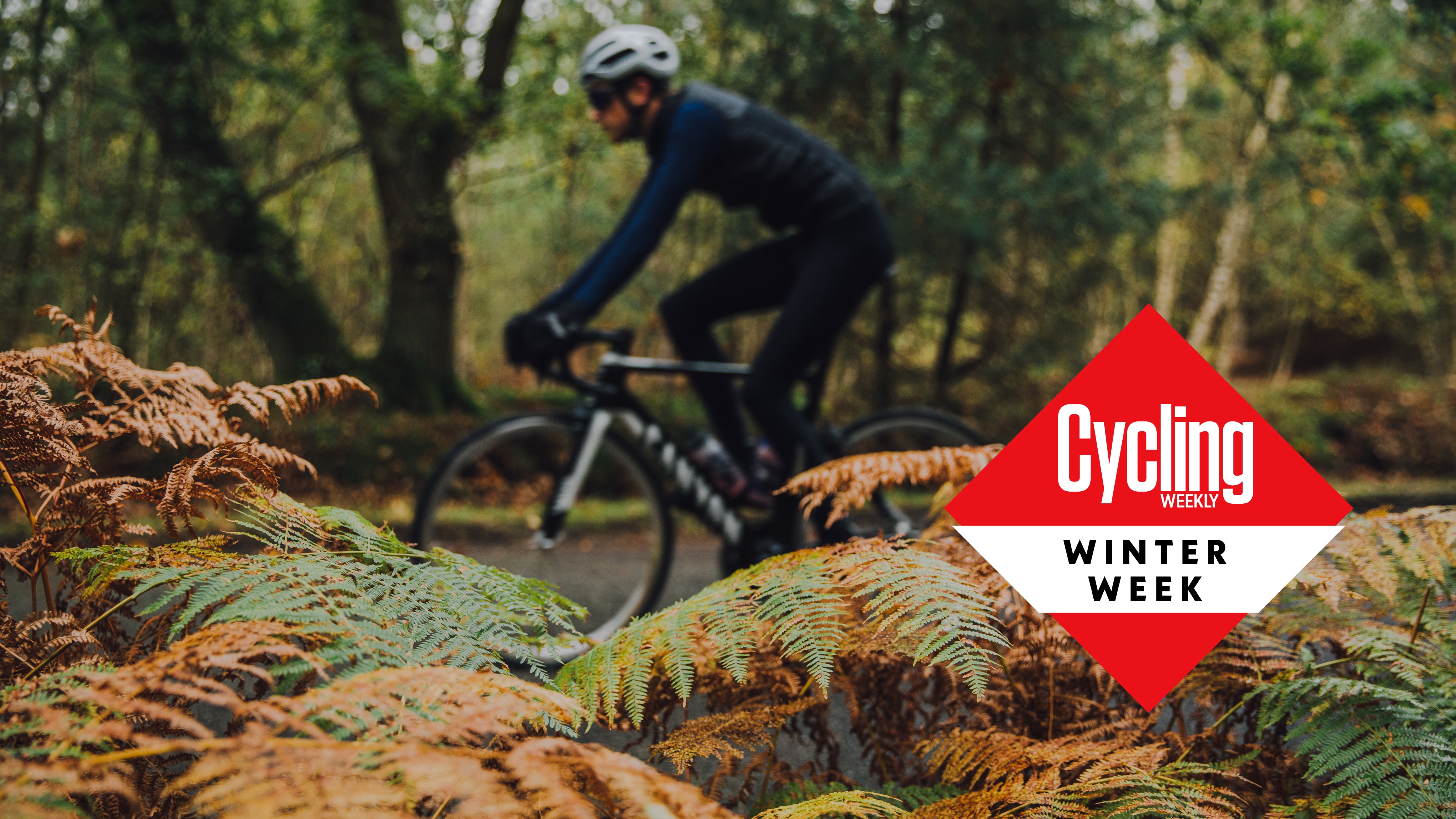 Symptoms of Seasonal Affective Disorder are more common than you think - here's how to battle the blues
Symptoms of Seasonal Affective Disorder are more common than you think - here's how to battle the bluesIt’s no secret that the winter months can switch one’s mood to a doom and gloom setting – here’s how to lighten the load
By Rob Kemp
-
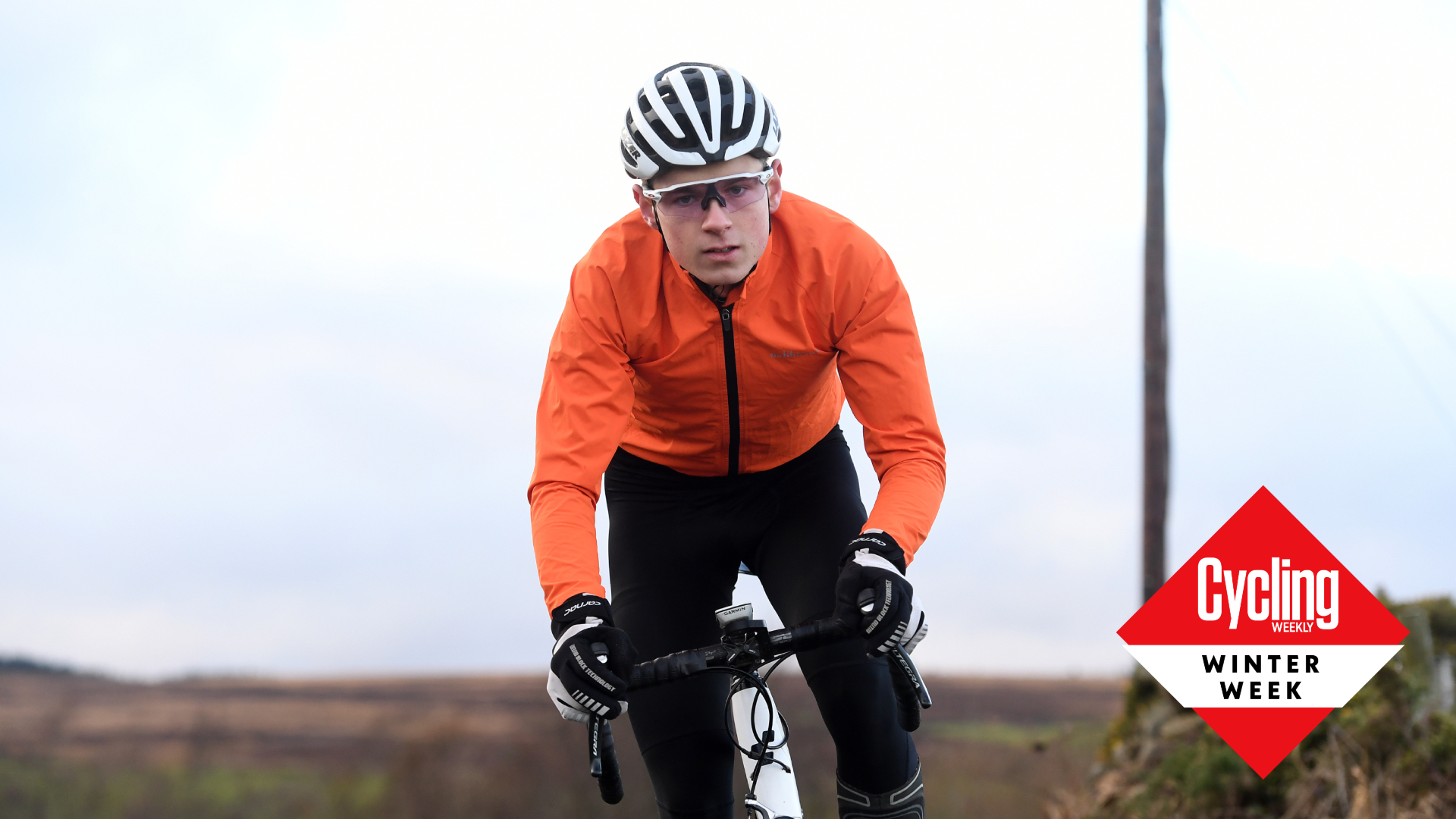 Seven benefits of riding outdoors - which you’ll miss out on if you train inside all winter
Seven benefits of riding outdoors - which you’ll miss out on if you train inside all winterAs with most things in life, there is a balance to be struck…
By Andy Turner
-
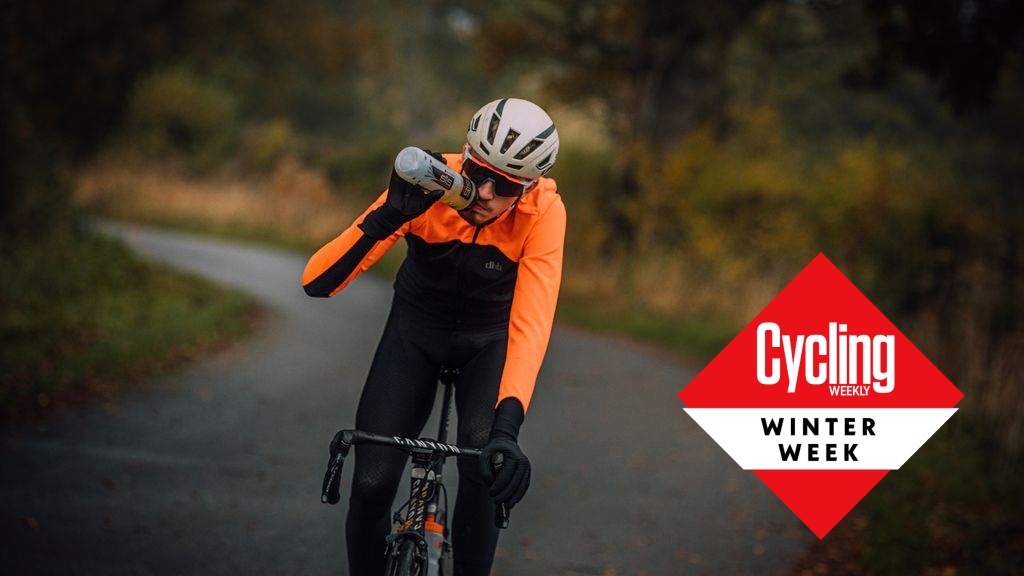 Winter fueling: how to match your cycling nutrition to the demands of cold weather riding
Winter fueling: how to match your cycling nutrition to the demands of cold weather ridingGetting the most out of your winter training means making sure you are optimally fuelled for every ride - here's what you need to know about the specific demands of cold season nutrition
By Joe Laverick
-
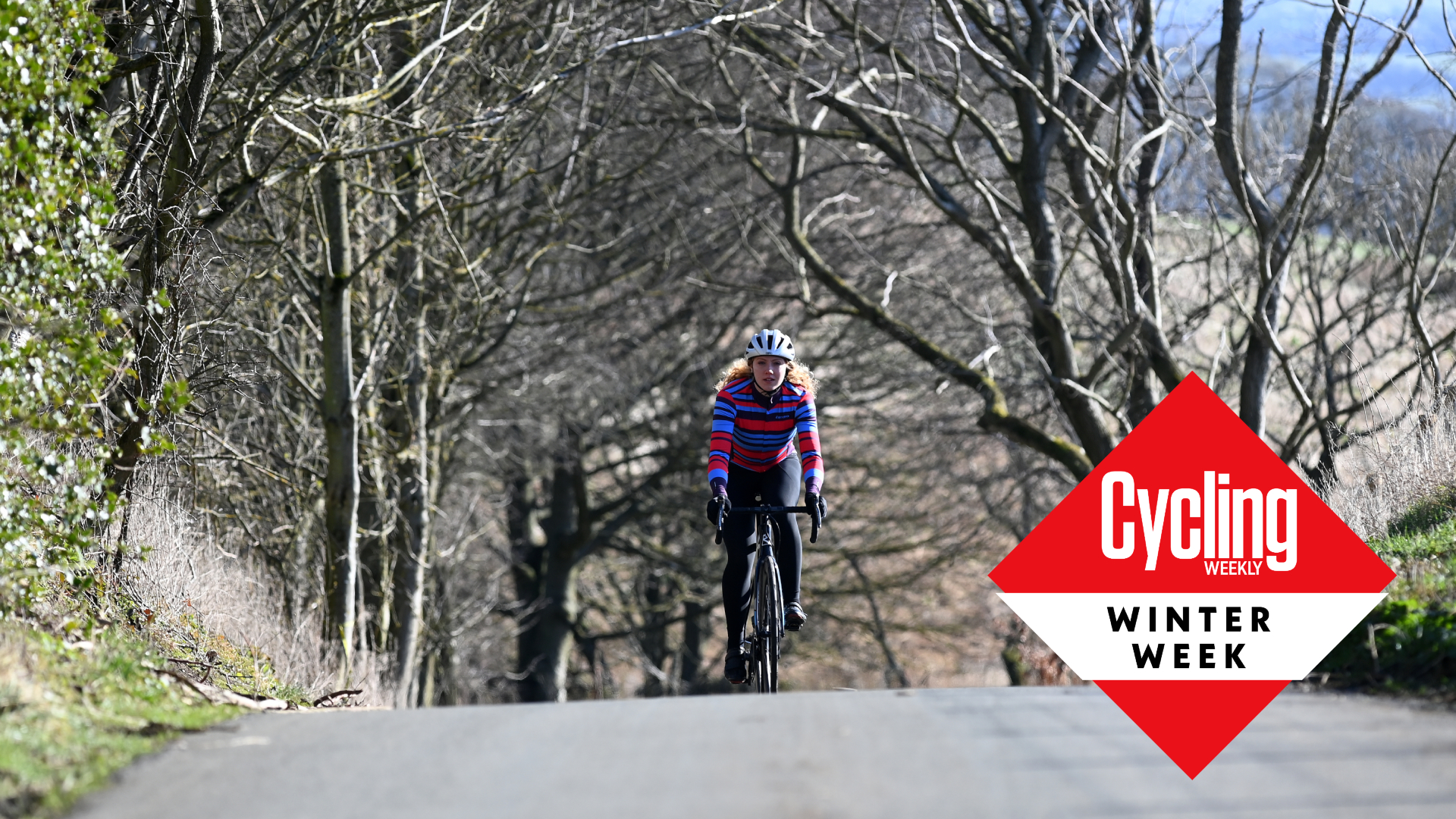 Five things I wish I knew before my first winter of road riding
Five things I wish I knew before my first winter of road ridingThere's a special satisfaction to riding through the winter - but also plenty of challenges!
By Anna Marie Abram
-
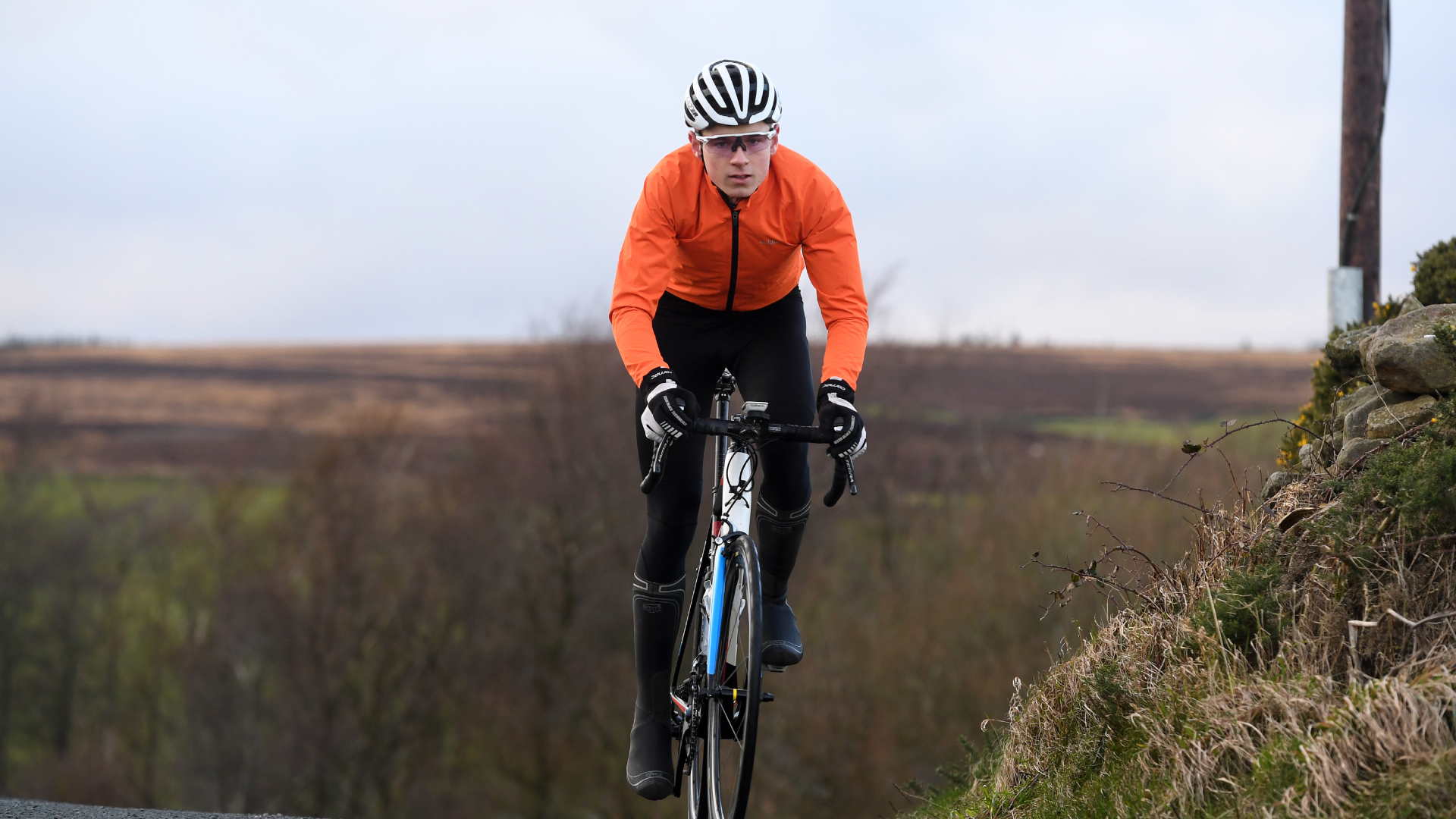 20 hacks to beat the cold and keep riding through the winter
20 hacks to beat the cold and keep riding through the winterHere's how to train through the winter without getting cold and miserable
By Tom Couzens